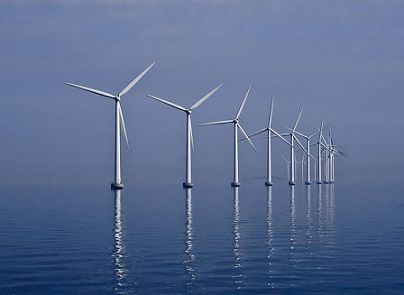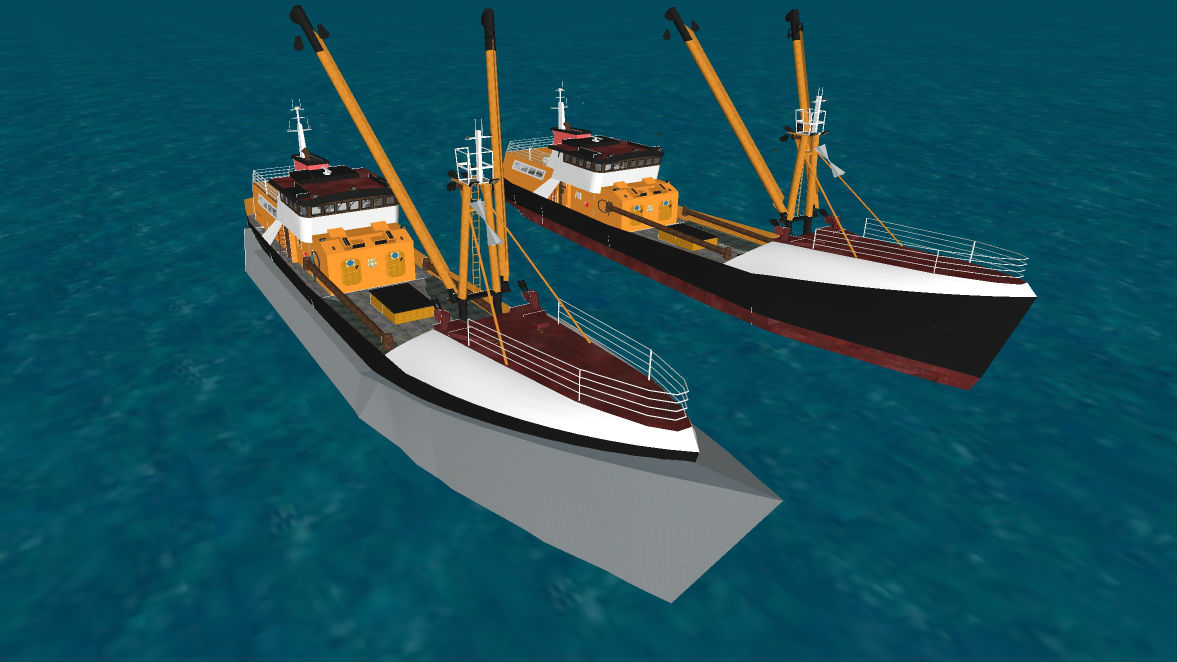Tuesday March 5th… Dear Diary. The main purpose of this ongoing post will be to track United States extreme or record temperatures related to climate change. Any reports I see of ETs will be listed below the main topic of the day. I’ll refer to extreme or record temperatures as ETs (not extraterrestrials).😉
Let’s not pussyfoot around the climate crisis anymore. If we want to preserve civilization as we know it all engines and devices that emit CO2 and CH4 planet wide must be replaced by electrics and soon, probably within the next 20-30 years at most. We often hear that great strides need to have been made by the year 2030 in order to keep this goal in tact before tipping point thresholds have been crossed, making any efforts moot. On a more positive note today I will report that some nations and territories are indeed making great strides towards electrifying their infrastructure. Now all we need is the political will for the necessary change to rescue our humanity from an industrial revolution of its own making.
First, a new offshore wind energy complex named “Thor” will produce enough electricity for all, and I do mean all, of Denmark’s needs:
http://cphpost.dk/general/north-sea-location-for-denmarks-biggest-offshore-wind-turbine-park.html
Reposting some of this article:
North Sea location for Denmark’s biggest offshore wind turbine park
Agreement has been reached over the site of the first of three wind turbine parks due to be completed by 2030

The new turbine park will be at least 20 km offshore (photo: Kim Hansen) March 1st, 2019 12:30 pm| by Stephen Gadd
Last year Parliament agreed a new energy package that includes the building of three new wind turbine parks.
After also considering a site in the Baltic, it has now been decided that the first of them, Thor, will be situated at least 20 km off the coast in the North Sea outside Nissum Fjord near the town of Thorsminde in western Jutland, reports DR Nyheder.
The 800 MW park should be able to generate electricity enough to power the equivalent of 800,000 homes.
Picked with care
The site has been carefully chosen, according to the energy and climate minister, Lars Christian Lilleholt.
“This is really the best place. It is here that the wind blows most, and there is good infrastructure to distribute the power,” he said.
READ ALSO: Go-ahead given to Denmark’s biggest land wind turbine park
The park will be the biggest in Denmark and one of the world’s biggest offshore wind parks.
Some might quibble because the turbines will be visible from the coast, but placing them further out at sea would be prohibitively expensive.
“The most important thing is that we are delivering a green solution that is affordable to the Danish public. We’ve chosen the site that costs the least,” added Lilleholt.
Lots of power and jobs
Thor should be built and connected to the grid between 2024 and 2027. The contract will be sent to tender during this year and the minister expects that building the wind turbine park will create 8,200 jobs.
Each of the coming parks will be able to deliver at least 800 MW and, according to the government, will be able to more than cover the electricity requirements of every Danish household.
Next today here is a nifty idea for ship propulsion: Just harness abundant wave energy of the ocean. I’m not an engineer, so I do have my doubts, but if doable, this concept could erase the huge carbon footprint left by the shipping industry:
https://www.maritime-executive.com/article/wave-energy-concept-ready-for-ship-propulsion
Quoting most of this article, which is a couple of years old but very relevant:
Wave Energy Concept Ready for Ship Propulsion

By MarEx 2017-08-02 03:19:48
Wave energy technology is ready to be combined with solar and wind power to create zero emission ships, says José Luis Gutiérrez-García, CEO, ZShips International CCC.
ZShips is a Canadian company readying a proprietary wave power system that uses oscillating water columns integrated into a ship’s hull. ZShips’ concept involves converting wave energy into stored energy in the form of compressed air. The compressed air can be stored as potential energy or used on demand to generate electricity.
The company is initially looking to retrofit its technologies on fishing vessels. Global fisheries burned almost 50 billion liters of fuel in 2000, representing about 1.2 percent of the global oil consumption, says Gutiérrez-García. In doing so, fishing boats emitted more than 130 million tons of CO2 into the atmosphere to land around 80 million tons of fish and invertebrates. “This means that for each ton of live-weight landed fish product, 1.7 tons of CO2 are emitted.”
For retrofit, the wave energy system will be tailor-made to match the hull’s existing shape. Depending on the vessel’s dimensions, the wave energy system will cover a large part of the total energy demand.
“We chose a large fishing vessel as a pilot project because fuel costs represent 60 percent of the OPEX for these vessels. Fishing vessels are numerous compared to other larger vessel types, and the cost to obtain one for demonstration purposes is reasonable.
“We evaluated the limited deck space for alternatives such as sails, Flettner rotors and placement for solar and wind on board a working fishing vessel. Larger cargo vessels may have more deck space available, however they also have to load and unload cargo. This has to be considered too when installing renewable technologies.”
He says other technologies for reducing emissions are available in the market today, but they can only reduce emissions by a few percent each. Few reduce CO2 and, while scrubbers can remove NOx and SOx along with particular matter, they increase fuel use and operating costs and lower overall efficiency.
“New propeller systems, hull modifications or under hull air bubbles systems can also improve fuel economy by a few percent, but these are expensive due to down time and retrofit costs,” says Gutiérrez-García. “We considered our retrofit cost compared to LNG and other potential modifications. All still have fuel costs whereas we have zero fuel costs and zero emissions, including CO2 which may (will) be taxed in the future. While LNG retrofits can reduce emissions considerably. They are also very expensive and not practical for many vessels.”
So many solutions are out there that this post could literally get to War and Peace length. Now we need political mandates to hasten technological and infrastructure change, As usual I will be posting more article links below, some of which offer solutions, reporting on new solar and wind advancements. Now we will see the next scant, few years how our proverbial race against time goes.
Here is some more climate and weather news from Wednesday:
(As usual, this will be a fluid post in which more information gets added during the day as it crosses my radar, crediting all who have put it on-line. Items will be archived on this site for posterity. In most instances click on the pictures of each tweet to see each article.)
(If you like these posts and my work please contribute via the PayPal widget, which has recently been added to this site. Thanks in advance for any support.)
The Climate Guy